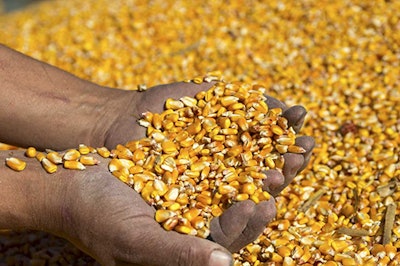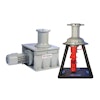
Rapid snowmelt this spring has caused instances of stored grain being covered with floodwater.
According to current Food and Drug Administration policy, grain inundated by uncontrolled river or stream water is considered adulterated and must be destroyed, says an Iowa State University (ISU) report, "Management Guidance for Flooded Grain."
"The current situation is one of river water flooding rather than of rain-driven pooled water in low ground, for which there are salvage options," say the reports authors, Charles Hurburgh and Dan Loy. "River-based floodwaters can bring in many hazards and rapid spoilage."
Flooding affects both the stored grain and the storage structures. Try to move the grain before the flood reaches the bin, but stop using underfloor conveyors and legs once the water starts entering the pits.
Flood damaged grain is adulterated grain because of the potential for many contaminants to enter through the water. This grain should be destroyed, never blended.
Corn will stay at about 30% moisture after the water drains off; soybeans about 25% moisture.
Contact local Department of Natural Resources officials for the best disposal process in your area.


















